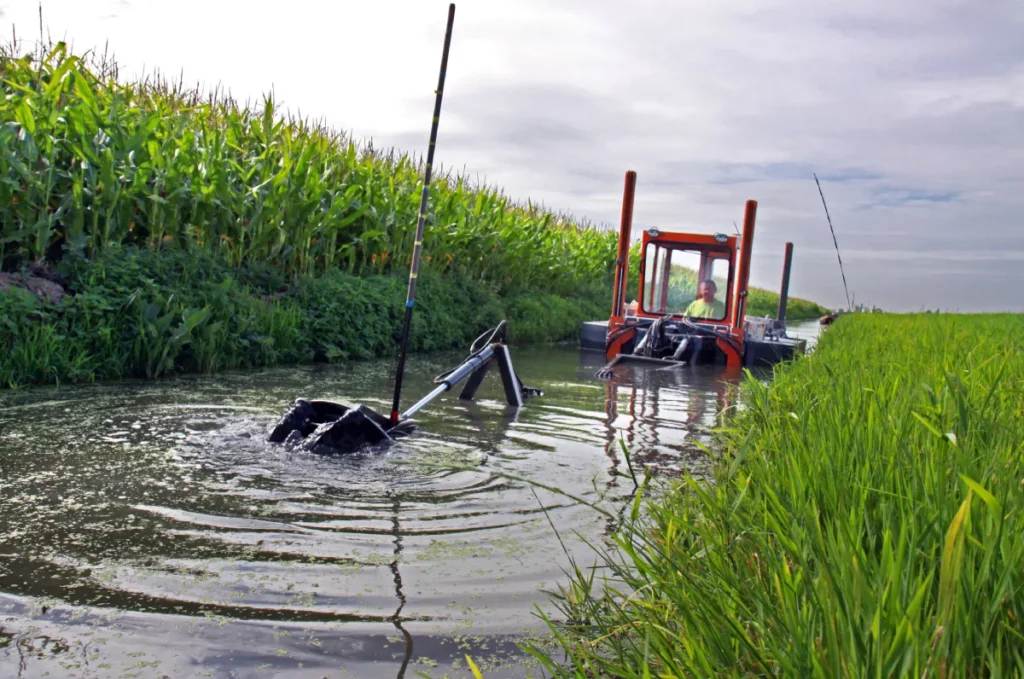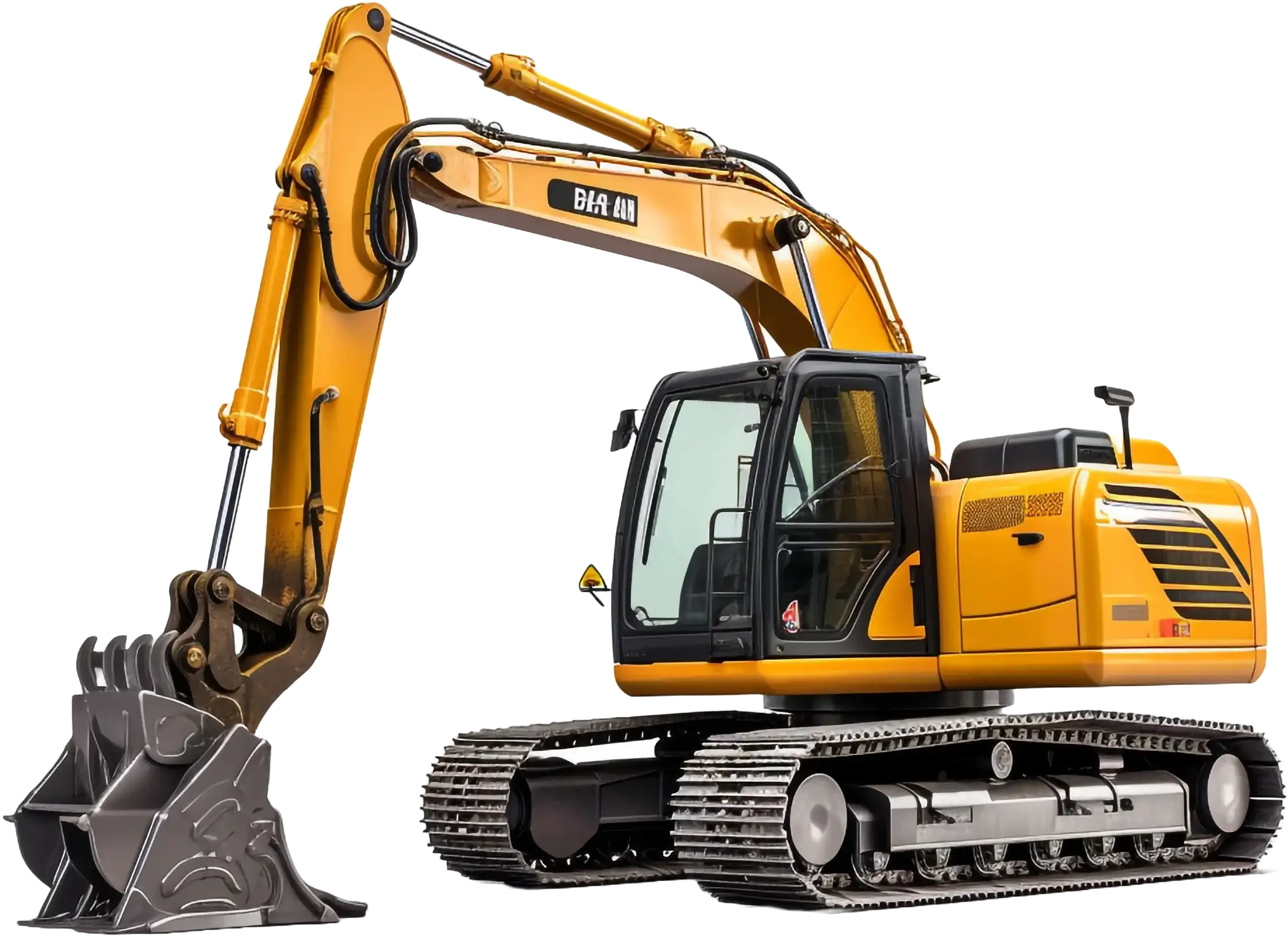Small dredging equipment plays a crucial role in today’s modern dredging operations, offering efficient and cost-effective solutions for smaller-scale projects such as clearing silted ponds, maintaining irrigation canals, and restoring waterways. Modern dredging operations come in many forms, from localized maintenance tasks to large-scale harbor deepening and land reclamation. Each operation presents unique operational, environmental, and logistical challenges, and the right choice of equipment often determines the success, cost-efficiency, and environmental compliance of the entire project.
The scale of the operation is the first major decision point. On one end, small dredging equipment provides unmatched flexibility for confined or environmentally sensitive locations, such as ponds, lagoons, and industrial basins. On the other hand, large cutter suction or hopper dredgers dominate in open-water or high-volume material removal applications. Understanding where your project falls on this scale is essential for striking a balance between performance and practicality.
Selecting between small and large dredgers isn’t merely a question of size — it’s a strategic decision that directly impacts productivity, fuel consumption, transport logistics, and even sediment disposal planning. Small systems typically favor mobility, lower operational cost, and precision, while large dredgers excel in continuous high-capacity output.
This blog helps procurement teams, project managers, and engineers assess which dredge equipment configuration delivers the most value for their specific operational goals. By understanding the differences in design, capability, and cost-effectiveness, decision-makers can make informed choices that enhance both performance and long-term ROI.
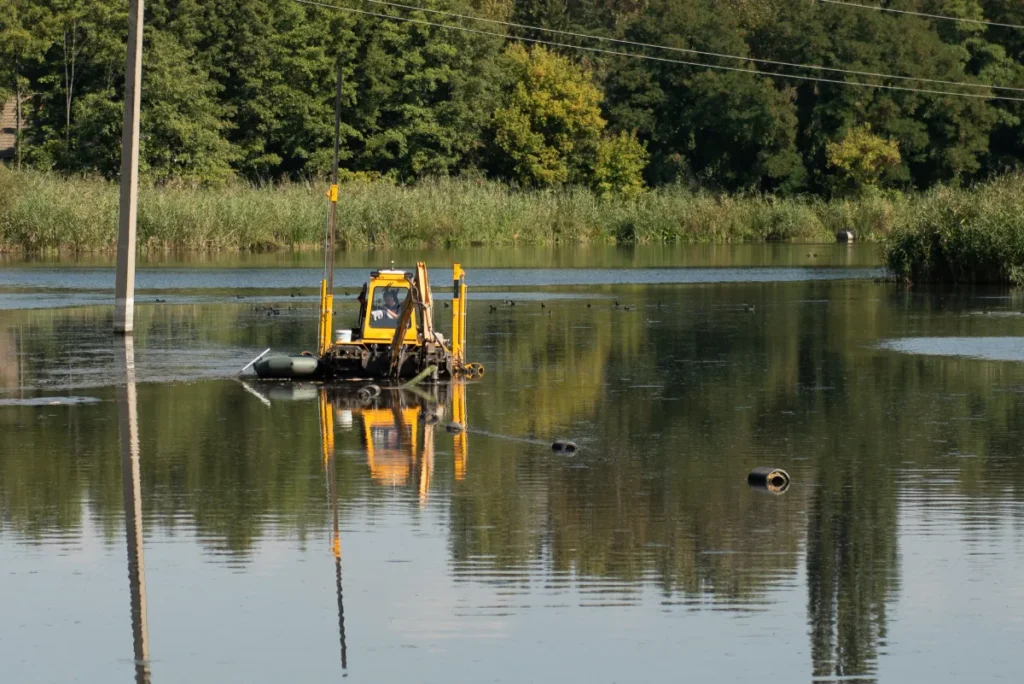
Understanding Dredging Equipment: Types and Core Functions
Fundamentally, small dredging equipment is specialized mechanical and hydraulic technology designed to clear sediments, sludge, sand, and other detritus from submerged settings, including lakes, rivers, and ports. Industries that depend on preserving navigable waterways, controlling silt accumulation around infrastructure, reclaiming land, and managing stormwater systems depend on these systems.
Small dredging equipment plays a vital role in projects that demand precision and accessibility. Compact units, including portable cutter suction dredges and small pond dredging equipment, can operate in tight or shallow environments where larger vessels cannot maneuver. Despite their size, modern small dredgers are powerful enough to manage dense sludge, clay, or fine sand, providing high efficiency with minimal environmental disruption.
In contrast, large-scale dredgers are designed for heavy-duty performance. Cutter suction dredgers (CSDs), for example, utilize a rotating cutter head to loosen compacted materials, such as clay and rock, while hydraulic suction systems transport the sediment via a pipeline. Trailing suction hopper dredgers (TSHDs) combine excavation and transport by collecting sediment into an onboard hopper for discharge at a designated site. Bucket and clamshell dredgers utilize a mechanical scooping action to excavate and lift material, making them ideal for harbor maintenance and construction applications.
Size and function, however, do not always correlate with efficiency. In many confined projects, small dredging equipment can outperform large units by reducing mobilization time, fuel costs, and environmental footprint. Similarly, small pond dredging equipment provides precision dredging capabilities for sensitive ecosystems or municipal applications, where the removal of fine sediment and minimal turbidity are priorities.
While large dredgers remain indispensable for high-volume operations, such as mining tailings reclamation or port expansion, dredging equipment continues to advance through automation, modular design, and improved pump technology. These innovations make smaller systems increasingly capable of tackling medium-scale projects once reserved for larger dredges, providing a strong balance between power, maneuverability, and return on investment.
Ultimately, both small and large systems have a defined place in the modern dredging landscape. Understanding the operational parameters, environmental conditions, and project goals ensures that the selected dredge equipment, whether compact or high-capacity, delivers maximum performance and reliability for every application.

Small Dredging Equipment: Compact Power for Confined Projects
In modern sediment management and waterway maintenance, small-scale dredging equipment has become an indispensable solution for projects that require precision, mobility, and efficiency. These systems are specifically engineered to operate in restricted or shallow areas where larger dredgers are impractical or cost-prohibitive. Typical examples include portable dredges, auger suction dredgers, and mini cutterhead dredgers, all designed to handle the removal of fine sediment, sludge, and silt with minimal environmental disruption.
Unlike conventional large-scale dredgers, small dredging equipment emphasizes versatility and transportability. Its modular construction allows quick assembly and disassembly, making it ideal for operations in remote or landlocked sites. This makes it the preferred choice for municipal, agricultural, and industrial projects that require targeted excavation rather than continuous high-capacity dredging.
Applications of Small Dredging Equipment
The adaptability of these compact systems enables their use across a wide range of industrial and environmental projects, such as:
- Lagoon, canal, and small pond dredging: Efficiently removes sediment buildup and organic matter to restore water flow and capacity.
- Industrial site sediment control: Maintains stormwater ponds, clarifiers, and containment basins to ensure regulatory compliance.
- Mining tailings pond cleanup: Recovers valuable materials and reclaims pond capacity while minimizing downtime.
- Environmental remediation projects: Safely removes contaminated sludge and debris without stirring up pollutants.
In each of these cases, small pond dredging equipment delivers exceptional results by combining precise dredging control with low-impact operation. Its ability to navigate confined spaces and perform selective sediment removal ensures optimal efficiency without the excessive power demands typically associated with larger systems.
Key Advantages of Small Dredging Equipment
Organizations choosing dredging equipment benefit from a blend of performance and practicality:
- Mobility and ease of transport: Compact dimensions enable simple transportation by truck or trailer, making them ideal for multi-site operations.
- Lower fuel and maintenance costs: Electric and hydraulic power options reduce operating expenses and downtime.
- Quick deployment and minimal crew requirements: Designed for efficient setup and operation by two to three personnel, reducing labor costs.
- Reduced environmental footprint: Lower emissions, minimal turbidity, and quiet operation make it suitable for environmentally sensitive zones.
From a technical perspective, modern dredge equipment of this class often incorporates lightweight pontoons, modular pump assemblies, and flexible discharge options to match varying site conditions. Many models feature automated depth controls and GPS-guided systems for enhanced precision during dredging operations.
Finally, small pond dredging equipment strikes a balance between capability and convenience, effectively removing material in areas where standard dredging methods are ineffective. Operators can maintain waterways, manage sludge, and extend asset life by employing small yet strong technologies while keeping total project costs under control.
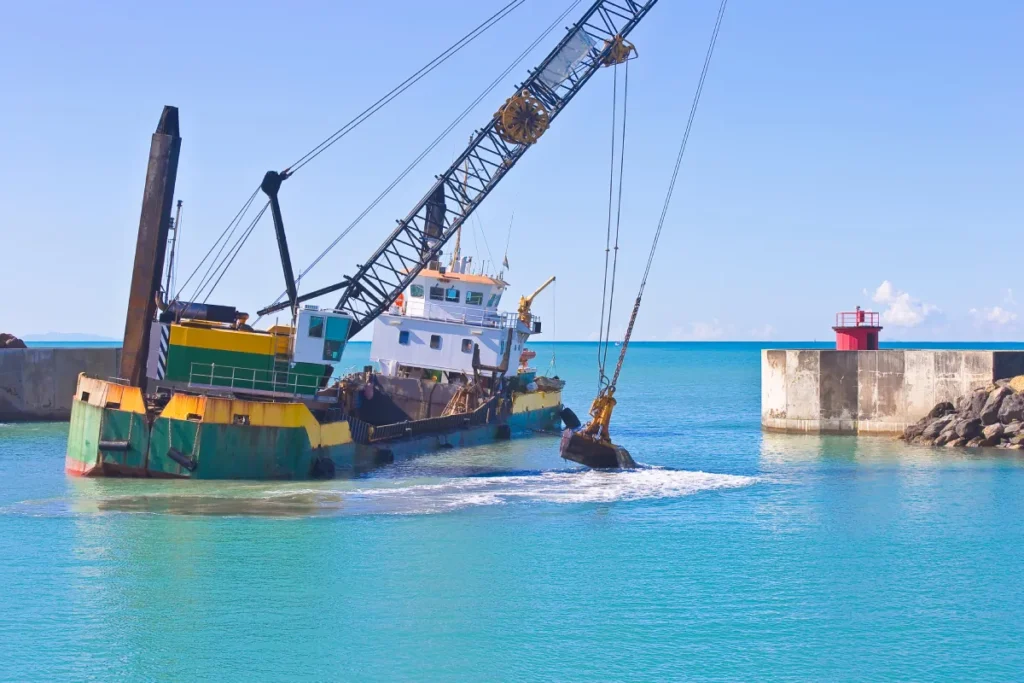
Large Dredgers: Heavy-Duty Efficiency for High-Volume Projects
While small dredging equipment delivers unmatched agility and precision for confined or specialized sites, large dredgers represent the backbone of major marine and industrial dredging operations. These high-capacity systems, including Cutter Suction Dredgers (CSDs) and Trailing Suction Hopper Dredgers (TSHDs) with discharge diameters exceeding 16 inches, are specifically designed to move vast quantities of material over extended distances efficiently.
Large dredgers are typically deployed in projects demanding both scale and endurance. A single unit can operate continuously for days or weeks, handling abrasive or compacted materials such as rock, clay, or coarse sand. This makes them essential to infrastructure development, resource extraction, and coastal protection projects worldwide.
Applications of Large Dredgers
- Port and harbor deepening: Large CSDs and TSHDs maintain or expand navigational channels to accommodate bigger vessels, ensuring commercial ports remain competitive and compliant with maritime draft requirements.
- Riverbed mining: Used to extract valuable mineral and aggregate resources while maintaining stable flow patterns in river systems.
- Land reclamation and coastal development: Enables the creation of artificial islands, industrial waterfronts, and beach nourishment projects through massive sediment transport.
- Offshore energy infrastructure projects: Support the construction of subsea pipelines, wind farms, and oil terminals that require precise dredging in deep and turbulent waters.
The scale of these operations far exceeds the capacity of small pond dredging equipment, which is limited by the size of the pump and the distance of the discharge. However, both classes of dredge equipment often work in complementary ways, with smaller units handling fine finishing or localized dredging where the larger dredger cannot operate efficiently.
Key Advantages of Large Dredgers
- Massive material handling capacity: Capable of pumping tens of thousands of gallons per minute, optimizing throughput for large-scale operations.
- Extended discharge distances and dredging depths: Engineered with high-powered pumps and boosters to reach depths of over 30 meters and transport material several kilometers away.
- Integrated onboard hoppers or boosters: Reduce reliance on external transport systems, improving project logistics.
- Scalability for multi-phase or long-term projects: Ideal for multi-year coastal or port expansions requiring consistent performance and minimal downtime.
Despite their advantages, large dredgers come with distinct trade-offs. They require specialized crews, extensive permitting, and significant mobilization resources, making them less practical for smaller or intermittent tasks. In such cases, small dredging equipment or small pond dredging equipment offers a far more economical and flexible alternative.
For major capital projects, however, large dredgers remain the most powerful form of dredge equipment, ensuring uninterrupted production, precise material control, and unparalleled efficiency in heavy-duty dredging environments.
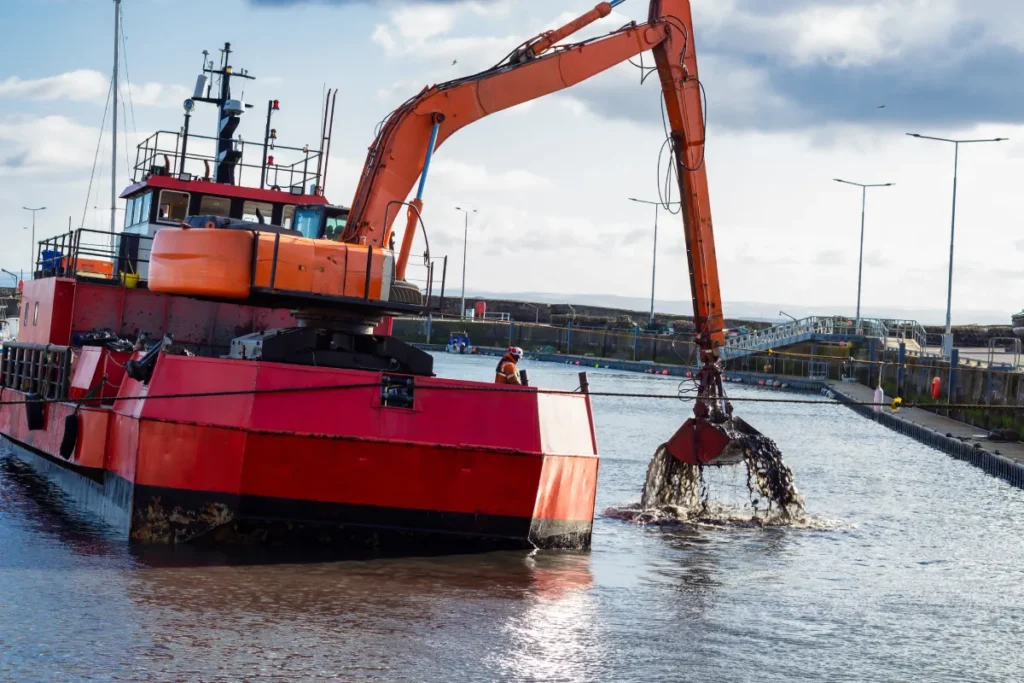
Comparing Small vs. Large Dredging Equipment
Selecting between small dredging equipment and large dredgers ultimately depends on the balance between project scale, site conditions, and cost-efficiency goals. While both small and large dredging equipment offer strong performance, their design philosophies and operational requirements vary significantly. Procurement heads, engineers, and contractors must understand these distinctions to align performance expectations with budget and environmental constraints.
| Parameter | Small Dredging Equipment | Large Dredgers |
| Mobility | Easily transported and assembled, ideal for projects with limited access or shallow conditions. Compact units can be deployed via trailer or barge and repositioned with minimal effort. | Require tugboats, cranes, and specialized logistics for mobilization. High setup time and dependency on marine infrastructure limit flexibility. |
| Production Rate | Capable of moving up to a few thousand gallons per minute (GPM). Best suited for low- to medium-volume applications such as small pond dredging equipment operations. | Designed for continuous production, with pumping capacities reaching tens of thousands of GPM for large-scale mining, reclamation, or port deepening. |
| Operating Depth | Effective in shallow to moderate depths, typically up to 20 feet. Works efficiently in canals, lagoons, and containment ponds. | Optimized for deepwater and coastal zones, with capabilities extending beyond 100 feet, depending on pump power and dredge configuration. |
| Power Requirements | Operates on low to moderate power, often electric or compact hydraulic systems. Energy-efficient for shorter discharge distances. | Powered by large diesel or hydraulic engines, consuming significantly more fuel but delivering higher suction and discharge capacity. |
| Crew Size | Requires only 1–3 operators for full operation, reducing labor costs and simplifying logistics. | Needs a team of 10 or more specialists, including engineers, mechanics, and navigational crew. |
| Maintenance Costs | Lower maintenance and spare part requirements due to smaller pump assemblies and modular design. | High maintenance due to complex hydraulic systems, wear-intensive components, and continuous operation demands. |
| Ideal Use Cases | Ponds, lagoons, canals, sediment ponds, and environmental cleanup operations, where precision, access, and low disturbance are priorities. | Ports, rivers, offshore mining, and large reclamation projects demand heavy-duty and continuous dredging capabilities. |
| ROI Factors | Offers faster setup, shorter project turnaround, and lower total ownership costs, making small dredging equipment and small pond dredging equipment ideal for frequent, short-term use. | Justified by high throughput and long-term operational efficiency on capital-intensive projects. The ROI improves with project scale and duration. |
In practice, these two categories often complement each other. For example, a large dredger may execute bulk excavation for a coastal expansion, while dredging equipment performs detailed finishing or environmental restoration work. This hybrid approach maximizes efficiency while keeping operational costs and environmental impacts under control.
By analyzing production rate, energy demand, and crew requirements, decision-makers can identify which dredge equipment configuration aligns best with their technical goals and budget limitations. For projects requiring precision and agility, small pond dredging equipment remains the optimal choice, whereas large-scale dredgers dominate when continuous, high-volume sediment removal is the priority.
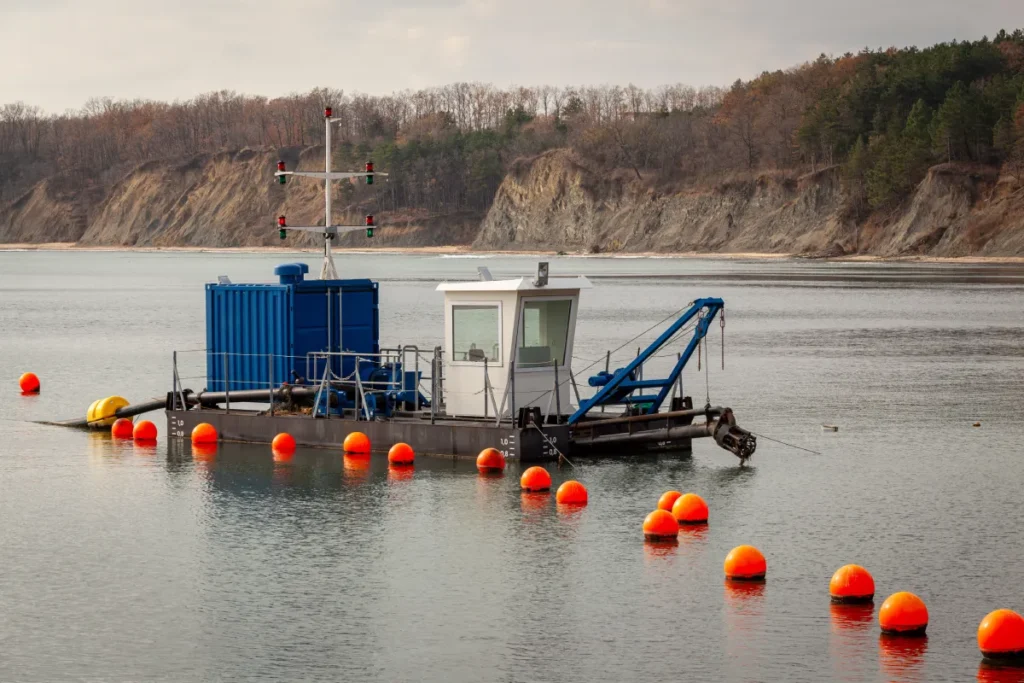
Selecting the Right Size for Your Project
Choosing the correct size of dredger is one of the most critical decisions in any sediment removal or reclamation project. The selection process should strike a balance between technical requirements, operational constraints, and return on investment (ROI). Whether a project demands the versatility of small dredging equipment or the power of a large hydraulic dredger, aligning capacity with site conditions ensures both efficiency and cost control.
Key Considerations When Choosing Dredge Equipment
- Material Type (Sand, Sludge, Clay, Rock):
The type and density of the material being excavated directly influence the choice of dredge equipment.
- For light materials such as silt, sludge, or fine sand, small dredging equipment provides sufficient suction and pumping capability while maintaining precision.
- For compacted clay, gravel, or rock layers, larger dredgers with higher horsepower and reinforced cutterheads are required to achieve production goals.
- For light materials such as silt, sludge, or fine sand, small dredging equipment provides sufficient suction and pumping capability while maintaining precision.
- Dredging Depth and Discharge Distance:
Shallow or confined environments, such as lagoons or ponds, favor small pond dredging equipment, which offers optimal performance for short discharge distances (up to a few hundred meters). Conversely, when dredging beyond 30 feet or discharging materials several kilometers away, high-capacity booster systems on larger dredgers become necessary. - Project Size and Duration:
Short-term maintenance or environmental dredging projects benefit from small dredging equipment due to quick mobilization and minimal setup time. Large, multi-phase infrastructure or reclamation projects justify the investment in bigger dredgers that can sustain continuous operations and higher material throughput. - Site Accessibility and Environmental Constraints:
Many inland or industrial sites present challenges such as narrow channels, shallow drafts, or soft terrain. In such conditions, small dredging equipment outperforms heavy dredgers by offering flexibility, reduced ground pressure, and low turbidity operation. For environmentally sensitive zones, smaller electric or hybrid-powered dredges further minimize ecological impact. - Regulatory and Logistical Limitations:
Permitting, mobilization, and crew availability can significantly affect project feasibility. Dredge equipment that can be easily transported, assembled, and operated by smaller teams helps streamline compliance and reduce downtime.
ROI-Driven Decision Logic
Selecting between small dredging equipment and large dredgers is not just a matter of capacity; it’s a financial decision grounded in operational economics.
- Small dredges = Lower CAPEX + High maneuverability for short-term jobs
Ideal for maintenance dredging, sediment pond cleaning, and confined restoration work. Their modular design, fast deployment, and low operating cost deliver strong ROI in smaller projects. - Large dredgers = Higher productivity for capital-intensive, long-term contracts
Suitable for projects where continuous operation, long discharge distances, and massive material volumes justify the higher investment.
Practical Checklist for Selecting the Right Dredger
| Decision Factor | Preferred Option | Recommended Approach |
| Material Type | Light (silt/sludge) → Small Dredging EquipmentHeavy (rock/clay) → Large Dredger | Match pump power and cutterhead design to material density. |
| Dredging Depth | < 20 ft → Small Pond Dredging Equipment> 30 ft → Large Dredger | Factor in suction head loss and discharge distance. |
| Project Duration | < 3 months → Small Dredging Equipment> 6 months → Large Dredger | Evaluate mobilization cost versus productivity gain. |
| Accessibility | Confined or remote → Small Dredging Equipment | Assess draft, water level, and transport route. |
| Environmental Sensitivity | High → Small Pond Dredging Equipment | Opt for low-emission, low-turbidity systems. |
| Budget and ROI | Limited capital → Small Dredging EquipmentLong-term investment → Large Dredger | Compare lifecycle costs and expected production. |
Matching Equipment Scale to Project Success
Selecting between small dredging equipment and large dredgers ultimately involves aligning the right tool with the project’s operational demands, environmental conditions, and financial objectives. Each option offers distinct strengths. Smaller systems deliver maneuverability, rapid setup, and low-cost precision, while larger dredgers provide unmatched material throughput and endurance for long-term or deepwater operations.
The most effective approach is not determined by size alone but by understanding the interplay between sediment type, dredging depth, discharge distance, and ROI expectations. For confined sites, environmental remediation, or short-term maintenance work, small dredging equipment or small pond dredging equipment delivers superior efficiency and lower lifecycle costs. Conversely, for port deepening, large-scale reclamation, or offshore mining, large hydraulic dredgers remain indispensable.
No matter the project scale, optimizing equipment selection ensures better fuel efficiency, reduced downtime, and improved compliance with environmental and operational standards. Dredge Works Mali specializes in designing and supplying dredge equipment solutions that match your site conditions, production goals, and budget, enabling you to achieve dependable and cost-effective dredging performance.Consult Dredge Works Mali today for customized guidance on selecting, configuring, and deploying the right small dredging equipment or large dredger package for your next project.

